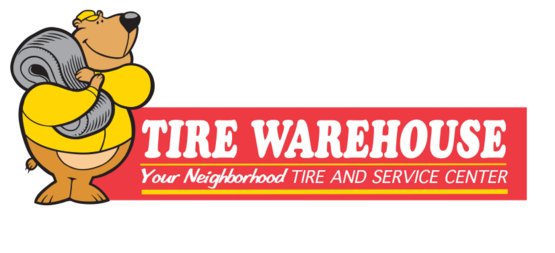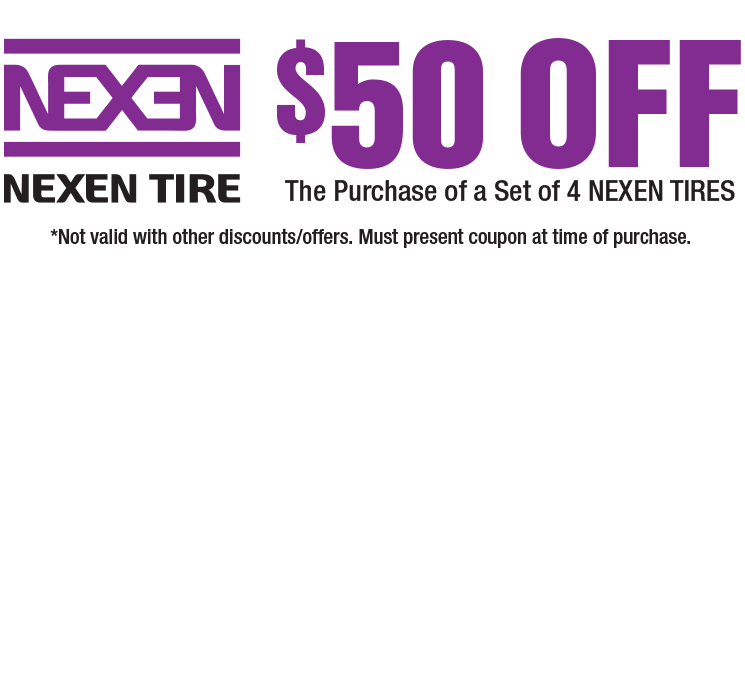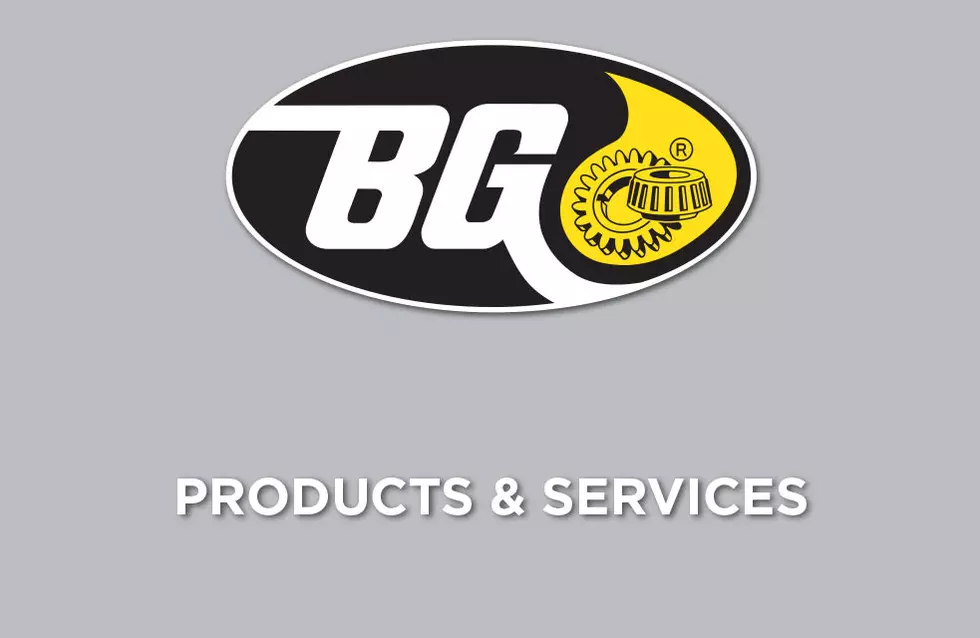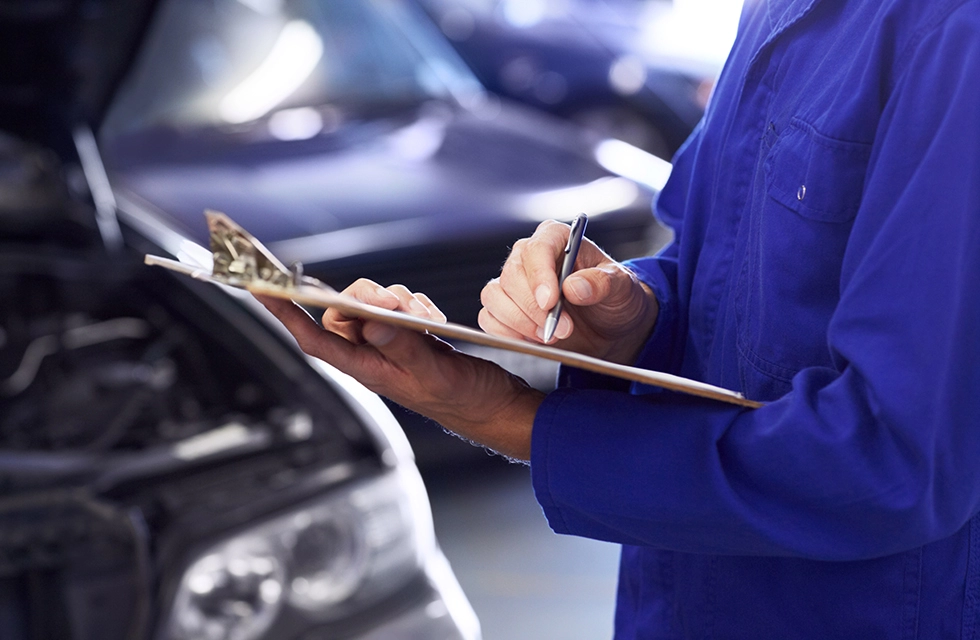How Tired Are Your Tires? (Tire replacement)
January 23, 2022
Of the things you think about most, your tires are probably pretty far down the list. That’s understandable because today’s tires are engineered to do their job without needing you to pay too much attention to them. But they DO wear out, and worn tires can contribute to skidding in bad weather, not being able to stop, a ride full of uncomfortable vibrations and, even a sudden blowout. Yikes. Let’s figure out right now how to know if your tires need replacing!
Let’s face it. Most of us don’t know the first thing about tires. So, the best way to make sure what shape yours are in is to take your vehicle to a qualified service facility to have the tires checked out by a trained technician. Here are things they’ll check:
- Tread. Tread is the part of the tire that touches the road surface. Different tires have different tread patterns and something called tread blocks - the raised rubber parts that contact the road. The longer a tire has been on a vehicle, the more of that rubber wears off. The technician will check to see if there’s enough of that tread left on your tire for sufficient traction to accelerate, steer, and brake.
- Pressure. It’s important your tires be inflated properly so your tires will perform the way they’re designed while driving. If your tires have low air pressure, the technician will check to see why, perhaps cracks in the sidewall from age, a nail in the rubber picked up on the road, or bulges. It’s also important your tires are not overinflated too.
- Wear. Your tires should wear evenly. If they haven’t, the uneven wear can cause vibrations that you can feel in the steering wheel. Maybe the whole vehicle shakes at a certain speed. Your vehicle may require other services such as balancing, alignment, or suspension repairs to prevent future tire damage.
- Age. Your tires may have adequate tread, but if they’re too old, it’s time for new. Rubber gets old, and when it does, it loses its elasticity. Ever find an old rubber band and tried to stretch it? It’s brittle and will break easily. Hotter climates will age rubber—and tires—faster. All tires have their date of manufacture stamped on them, so your service adviser will be able to see when your tires were made.
If it’s time to replace your tires, you’ll find you have many choices for new ones: different brands, models, designs, etc. Your service adviser can help you figure out which ones are right for you. It’s much better—and safer—to do it before one of them fails at the least opportune time.
Tire Warehouse Depot
250 N. Lapeer Rd.
Lake Orion, Michigan 48362
248-929-0699
Need Service?
More articles from Tire Warehouse Depot

Tire or Re-Tire? (Getting Tires Ready for Hot Weather)
May 12, 2024
Heat isn't easy on vehicle tires, and as the seasons change, make sure yours are ready to take the heat. Let's talk first about inflation. Heat causes air to expand, so heat alone can raise the pressure in your tires. If you are driving on overinflated tires, they won't have as much contact wi... More

Slipping into Fall (Driving with ABS Brakes)
May 5, 2024
As the weather changes over from hot to colder, drivers will have to deal with more slippery streets. And it's important to know how to drive with the brakes you have on your vehicle. In the 1970s, anti-lock braking systems (ABS) started to be installed on vehicles and they've been a game chang... More

H20 No! (Driving Through Standing Water)
April 28, 2024
In a year marked by unusually heavy flooding in North America, drivers are very aware of the possibility they may find themselves driving where water has come over the road. It can be a daunting and frightening situation. Flooding waters can move quickly and unpredictably, so you have to keep y... More










